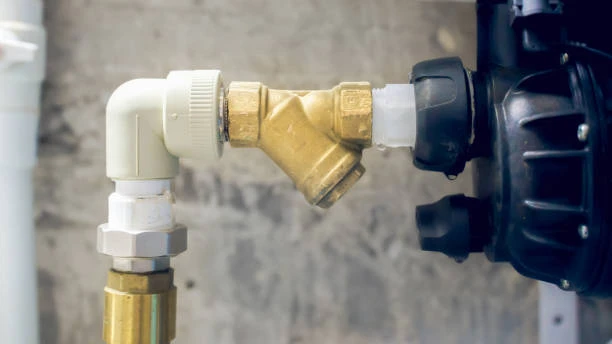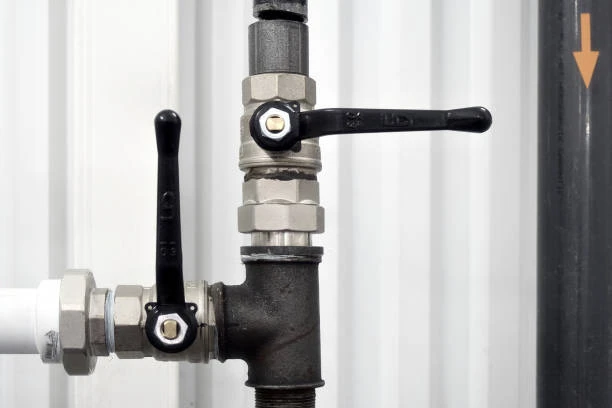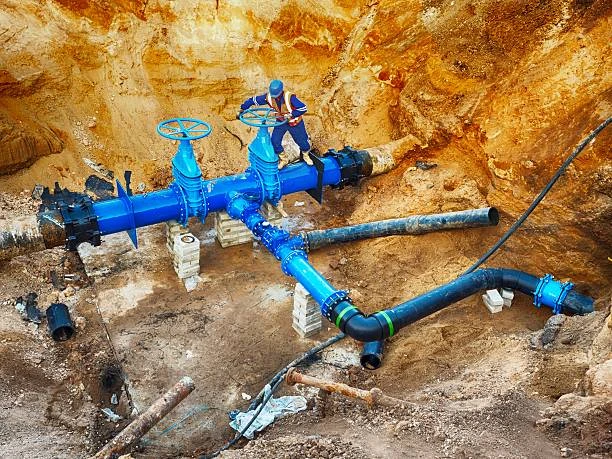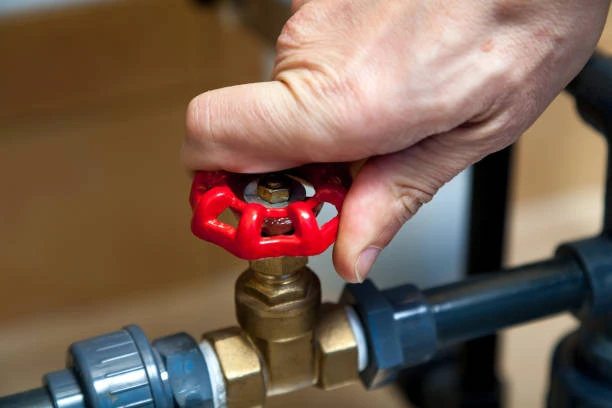Hydrogen is increasingly being used as a clean energy source, but its unique properties present challenges when designing systems that can handle it safely and efficiently. One critical component in these systems is the valve. Selecting the right valves for hydrogen service is essential to ensure safety, performance, and longevity. This article will explore the key considerations for selecting valves for hydrogen applications, the types of valves suited for hydrogen service, and best practices for maintenance and operation.
Why Are Valves Important in Hydrogen Service?
Valves are integral to controlling the flow, pressure, and direction of hydrogen gas in pipelines, storage tanks, and industrial processes. In hydrogen service, valves must meet specific requirements to handle the gas’s low molecular weight, flammability, and tendency to embrittle metals. Choosing the right valve is critical for preventing leaks, ensuring optimal performance, and maintaining safety standards.
Hydrogen valves are used in a variety of applications, including:
- Hydrogen production: In electrolysis, steam reforming, and other production methods.
- Transportation and storage: Hydrogen transport pipelines and storage facilities.
- Fuel cells: For controlling hydrogen flow to fuel cell stacks.
- Industrial applications: For various chemical, pharmaceutical, and manufacturing processes.
Key Considerations for Selecting Valves for Hydrogen Service
When selecting valves for hydrogen systems, several critical factors must be considered:
1. Material Compatibility
Hydrogen can cause certain metals to become brittle, a phenomenon known as hydrogen embrittlement. Therefore, the material choice for the valve is crucial. Stainless steels such as 316L, Inconel, and Hastelloy are often used in hydrogen service due to their resistance to embrittlement. These materials have excellent corrosion resistance and can handle high pressures and temperatures, which are common in hydrogen systems.
In general, metals like carbon steel are unsuitable for hydrogen service because they are more prone to embrittlement under high-pressure hydrogen conditions. Valves made from these materials can fail over time, leading to hazardous situations.
2. Pressure Rating
Hydrogen is typically stored and transported under high pressure, often between 200 to 700 bar (2900 to 10,000 psi). As such, the valve’s pressure rating is a crucial factor in ensuring it can handle the operational pressure of the system. Choosing valves with an appropriate pressure rating based on the specific application helps avoid failures and safety risks.
3. Temperature Tolerance
Hydrogen systems can operate at a wide range of temperatures, from cryogenic temperatures in liquefied hydrogen storage to high temperatures in fuel cell systems. Selecting valves that can withstand these temperature extremes without degradation is essential. For instance, cryogenic valves are designed to handle very low temperatures, while high-temperature valves are used in fuel cell systems where temperatures can reach over 100°C.
4. Leak Tightness
Hydrogen is the smallest and lightest molecule, making it particularly prone to leaks. Even tiny leaks in hydrogen systems can lead to inefficiencies, environmental hazards, and safety risks. Valves in hydrogen service must be capable of providing a tight seal under high pressure, ensuring that hydrogen does not escape. The design should focus on eliminating leakage points, with features such as double sealing and anti-blowout stem designs.
5. Actuation Type
The type of actuator used to operate the valve can significantly impact performance. Hydrogen systems may require manual, electric, pneumatic, or hydraulic actuators, depending on the automation level and operational needs. Pneumatic actuators are commonly used in hydrogen systems, as they provide fast, reliable operation. However, manual valves are often used in smaller systems or when remote actuation is not required.

Types of Valves Suitable for Hydrogen Service
Several types of valves are commonly used in hydrogen service, each serving a specific purpose and function. The most commonly used valves for hydrogen applications include:
1. Ball Valves
Ball valves are ideal for on/off control of hydrogen flow. Their design allows for minimal flow restriction and quick, reliable sealing. The spherical ball inside the valve has a hole in the middle, which aligns with the pipeline for flow or is rotated 90° to shut off the flow. Ball valves are commonly useful in hydrogen pipelines and gas distribution systems.
Advantages:
- Quick operation
- Low flow resistance
- Reliable sealing
Applications:
- Hydrogen pipelines
- Storage and transfer systems
2. Gate Valves
Gate valves are typically useful when a full, uninterrupted flow is require. They consist of a gate that slides between two seats to open or close the valve. Gate valves are best suitable for large-diameter pipelines and applications where the valve is either fully open or fully closed, rather than modulating the flow.
Advantages:
- Excellent for full-flow applications
- Low friction and wear
Applications:
- High-pressure hydrogen storage
- Hydrogen distribution systems
3. Globe Valves
Globe valves are useful for regulating the flow of hydrogen in a system. Unlike ball and gate valves, globe valves have an internal element that throttles the flow by varying the opening size. They are ideal for applications requiring precise flow control.
Advantages:
- Precise flow regulation
- Suitable for throttling applications
Applications:
- Fuel cell systems
- Industrial hydrogen processing
4. Check Valves
Check valves allow the flow of hydrogen in one direction while preventing backflow. Which is crucial in systems where hydrogen must not flow in reverse. The Check valves are essential in preventing pressure surges and protecting sensitive components like compressors and regulators.
Advantages:
- Prevents backflow
- Protects equipment from pressure spikes
Applications:
- Hydrogen compressors
- Storage tanks
5. Relief Valves
Pressure relief valves are design to release excess pressure from a system to avoid over-pressurization, which can be dangerous. These valves are critical in high-pressure hydrogen systems where pressure fluctuations need to be managed safely.
Advantages:
- Prevents over-pressurization
- Ensures system safety
Applications:
- Hydrogen storage tanks
- Hydrogen refueling stations
Best Practices for Valve Selection and Maintenance in Hydrogen Systems
1. Follow Standards and Regulations
Ensure compliance with international standards, such as ASME, ISO, and API, when selecting valves for hydrogen service. These standards provide guidelines for material selection, design, testing, and performance, ensuring that the valves meet safety and operational requirements.
2. Regular Inspection and Maintenance
Regular inspection and maintenance are essential to ensure valves remain in good working condition. Hydrogen systems are subject to wear and tear due to pressure fluctuations, temperature changes, and exposure to corrosive substances. Regular checks for leaks, corrosion, and proper functioning of the actuator can help prevent major failures.
3. Choose High-Quality Components
Given the critical role of valve in hydrogen systems, it is essential to select high-quality, durable components. Invest in valve made from materials that resist hydrogen embrittlement and corrosion, and ensure that sealing elements are designed for high-pressure, high-temperature environments.
4. Consider Future Expansion
When designing hydrogen systems, consider the potential for future expansion or modification. Selecting valve with a slightly higher pressure rating or additional features can provide flexibility in accommodating future system changes or upgrades.
Conclusion
Selecting the right valve for hydrogen service is a complex process that requires careful consideration of material compatibility, pressure and temperature ratings, sealing integrity, and type of actuation. By understanding the specific needs of your hydrogen system and choosing the appropriate valve, you can ensure that the system operates safely, efficiently, and with minimal downtime. With hydrogen playing an increasingly prominent role in the transition to clean energy, the importance of selecting the right valve cannot be overstate.
Frequently Asked Questions (FAQ)
1. What are the key factors to consider when selecting valve for hydrogen service?
The key factors include material compatibility (resistance to hydrogen embrittlement), pressure and temperature ratings, sealing capabilities, and the type of actuation required for the specific application.
2. What materials are best for hydrogen valve?
Stainless steels (316L), Inconel, and Hastelloy are commonly useful materials for hydrogen valve because of their resistance to hydrogen embrittlement and their ability to withstand high pressures and temperatures.
3. What is hydrogen embrittlement?
Hydrogen embrittlement is a process where metals become brittle and fracture due to the absorption of hydrogen atoms, making them unsuitable for high-pressure hydrogen applications if not properly selected.
4. How often should hydrogen valve be inspected?
Hydrogen valve should be inspect regularly, typically every 6 to 12 months, depending on the system’s usage and operating conditions. Inspections should check for leaks, corrosion, and proper valve function.
5. Are there any special valve designs for hydrogen service?
Yes, valve for hydrogen service often feature enhanced sealing technologies, non-corrosive materials, and designs that prevent hydrogen leakage, such as double-sealed valve bodies and blow-out resistant stems.


















